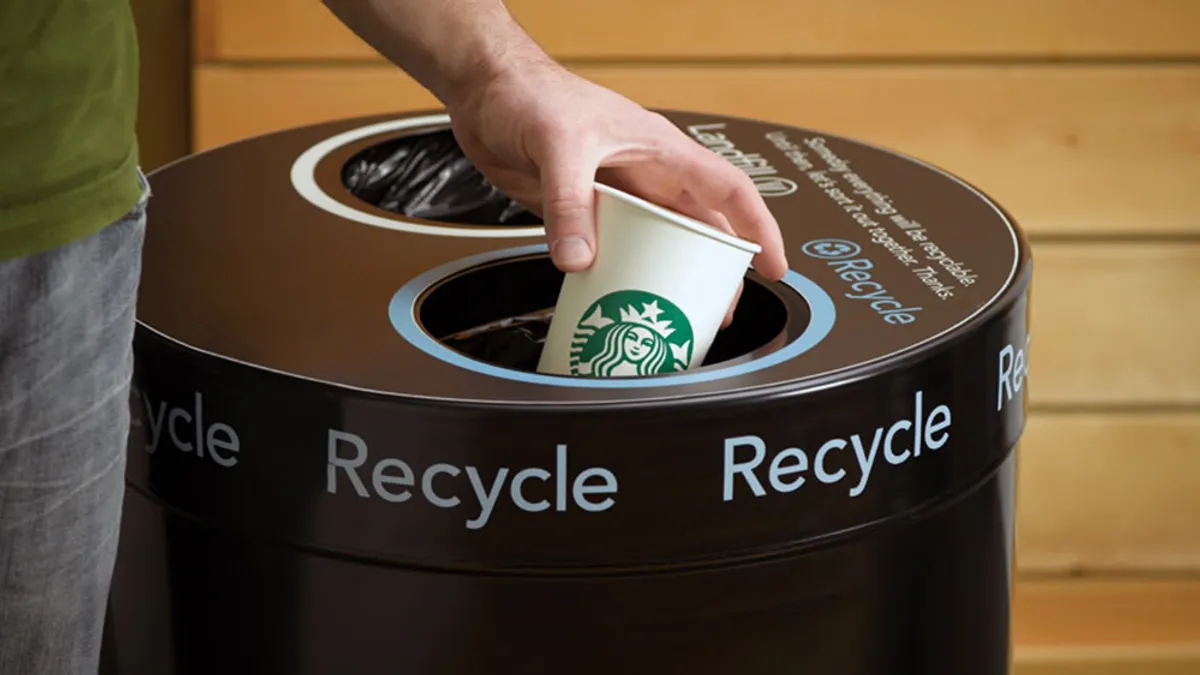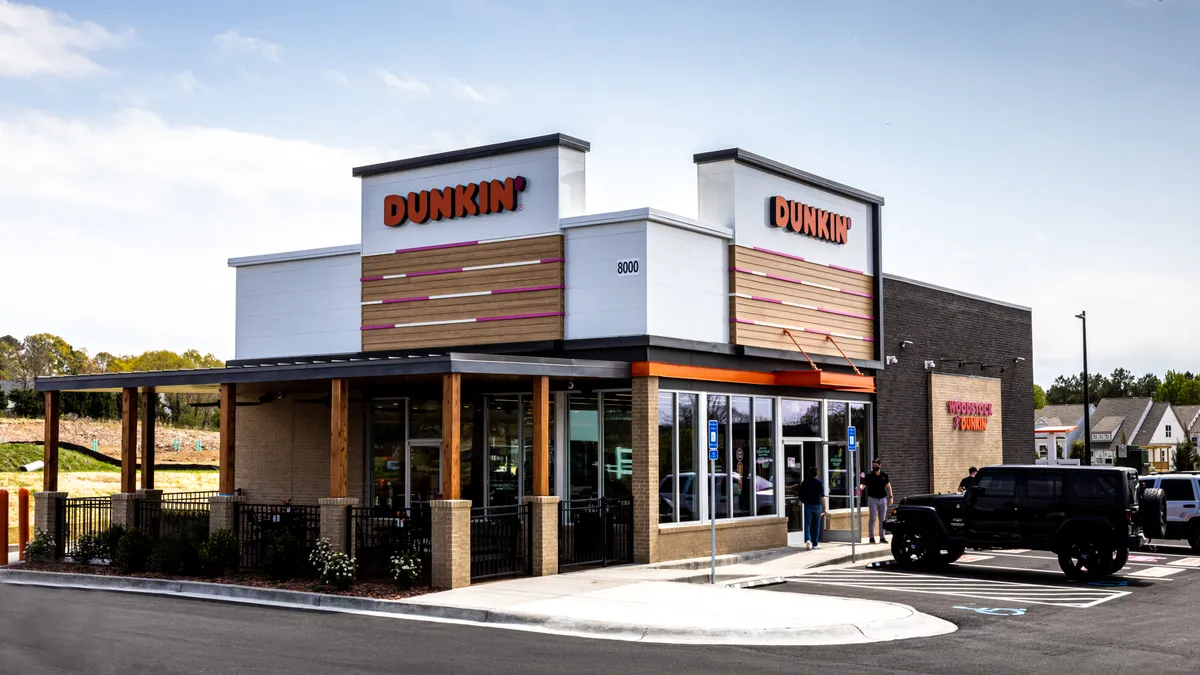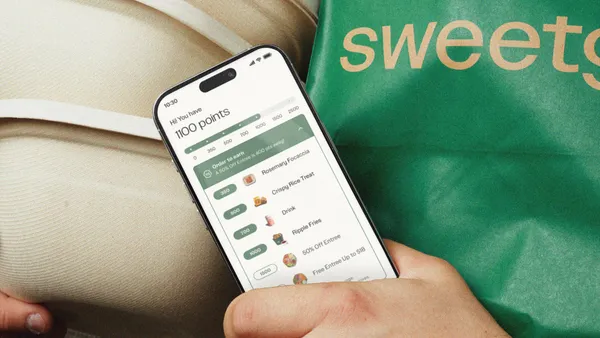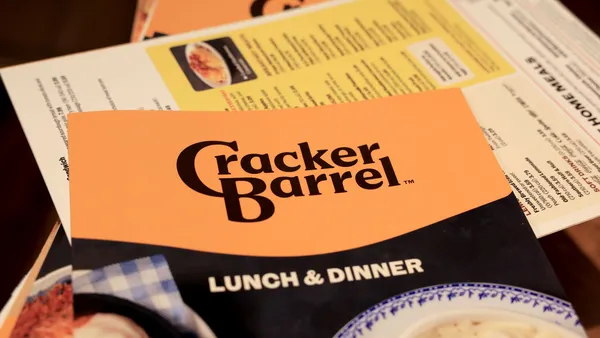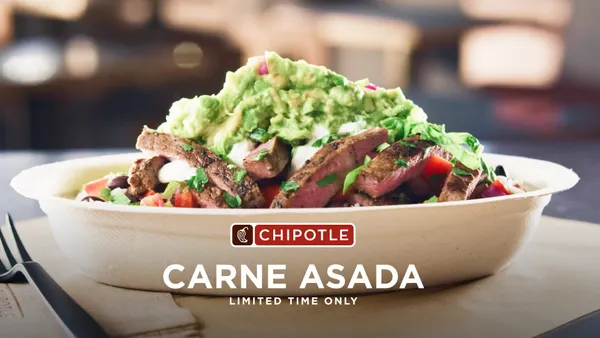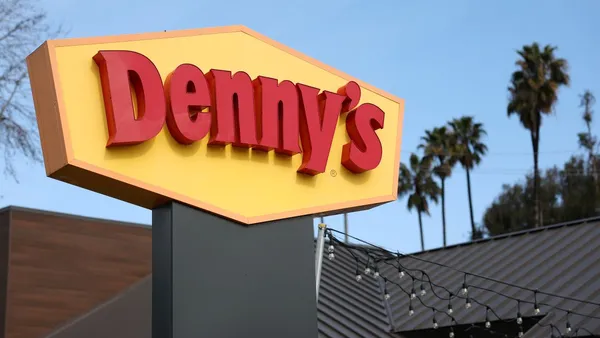History is marked by years of disaster for particular countries and industries — 2008 for financial firms for example — and 2024 may be remembered as Starbucks’ year of misfortune.
A timeline of the company’s troubles shows a harrowing series of traffic declines as consumer resistance to pricing increased, coupled with ineffective turnaround measures and leadership changes. Even a much-praised labor peace proposal fell apart and the coffee behemoth ended the year with a multi-day strike across many of its locations.
In 2025, the brand is in sore need of an improvement plan, like that proposed by CEO Brian Niccol, who joined the company in September.
Starbucks' difficult 2024
-
Jan. 30Starbucks executives said the chain’s afternoon traffic and visits from occasional consumers began eroding in late 2023. The chain attributed some of this to “misperceptions” of its stance on the war between Israel and Palestinian militant groups after the brand sued Starbucks Workers United over a pro-Palestinian tweet. Traffic remained “softer than planned” in the first weeks of 2024, CFO Rachel Ruggeri said.
-
Feb. 22Consumer activists and Starbucks Workers United members staged a national day of action at dozens of universities. The actions were designed to push colleges to sever or decline to renew institutional contracts with Starbucks, as Cornell University did in the summer of 2023.
-
Feb. 27Starbucks and Workers United announced a framework agreement to start bargaining, and to resolve litigation and outstanding unfair labor practice charges. The announcement followed multiple years of conflict between the company and thousands of unionized baristas.
-
March 31Starbucks shuttered its non-fungible token marketplace, Starbucks Odyssey, a loyalty play that launched after NFT trade volumes had peaked.
-
April 24Starbucks met 150 workers at the bargaining table for the first time since store-by-store bargaining collapsed in late 2022. Another 250 worker delegates joined the union’s bargaining caucus to communicate demands and progress back to the shop floor.
-
April 30Then-CEO Laxman Narasimhan disclosed that significant fractions of the chain’s mobile orders were never completed as the popularity of the channel put pressure on in-store operations.
-
May 5Former CEO Howard Schultz publicly criticized the chain on LinkedIn, arguing that Starbucks, which he’d led until about 14 months prior, was too focused on transactions at the expense of in-store experience.
-
May 24Federal labor regulators said the chain violated labor law for firing a worker who argued with a manager. An administrative law judge for the National Labor Relations Board said the chain’s policies around civil communication illegally restricted worker expression.
-
June 7Starbucks added Grubhub as one of its delivery providers. Like many of its new drinks, loyalty tie-ups and delivery initiatives, the Grubhub deal failed to turn around the coffee brand’s same-store sales problems.
-
June 13Starbucks successfully persuaded the Supreme Court to impose more stringent conditions on circuit courts granting Section 10-j injunctions requested by the NLRB. Those injunctions prohibit employees or labor groups from undertaking unfair labor practices while the board’s yearslong adjudication process proceeds. This was a win for employers, but likely did little to help the chain’s reputation with many consumers, given the unpopularity of the court.
-
July 30Price hikes at Starbucks failed to compensate for a 6% traffic drop in the U.S., the chain disclosed on its earnings call.
-
Aug. 13Starbucks replaced CEO Laxman Narasimhan with then-Chipotle CEO Brian Niccol.
-
Aug. 28An individual shareholder sued Starbucks alleging statements over its reinvention plan were misleading and that the chain concealed how poorly it was doing.
-
Sept. 9Niccol assumed control of the company. Analysts predicted Niccol would push the chain to undertake more marketing, including TV advertisements, while also working to ease tension between the chain’s reputation as a “third place” and its need to process digital orders quickly.
-
Sept. 17The brand’s North American CEO, Michael Conway, announced his retirement. The company decided not to backfill the post, effectively dissolving it.
-
Oct. 22Starbucks pre-emptively released a dismal earnings report showing a 10% decrease in comparable traffic in the U.S. In a video accompanying the release, Niccol called the company’s issues “very fixable.”
-
Oct. 30Niccol unveiled a multi-part plan to return the company to its coffeehouse roots. Niccol said the chain would bring back coffee condiment bars and ceramic mugs, change how it served drip coffee, hold prices steady and eliminate the upcharge on non-dairy milks.
-
Nov. 26Starbucks confirmed a cyberattack against software vendor Blue Yonder temporarily knocked out its scheduling systems, leaving the chain reliant on manual scheduling.
-
Dec. 17Starbucks Workers United announced that its members had voted to approve a strike against the company, though the union did not give a strike deadline. The announcement accompanied the final scheduled bargaining session with Starbucks of 2024.
-
Dec. 20Union members in Los Angeles, Chicago and Seattle initiated a series of strike actions slated to last until Christmas Eve. Starbucks Workers United expanded the strikes to other cities and said the action was prompted by an inadequate wage offer the company made at the bargaining table.



